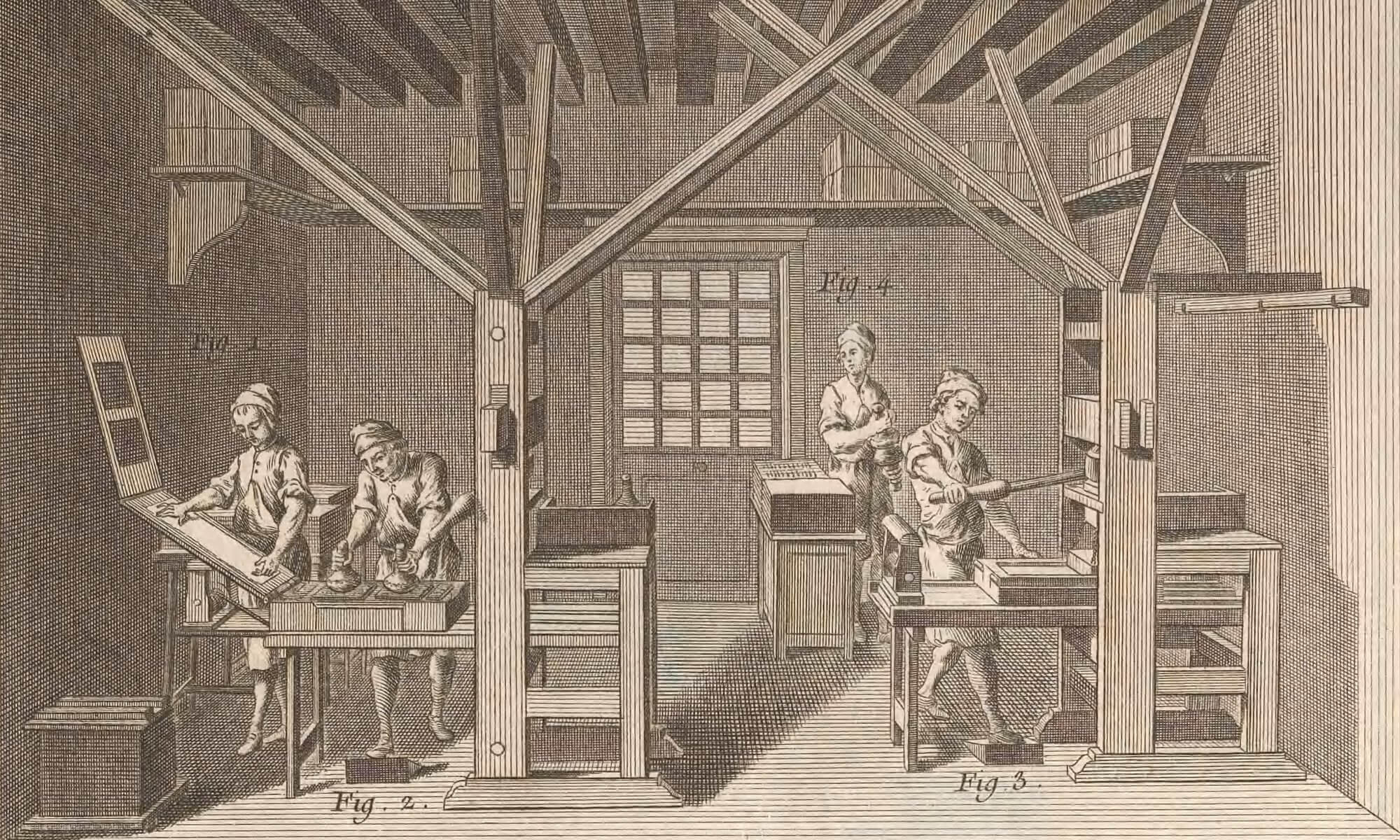Alciati, Emblemata, 1661 (2E1r)
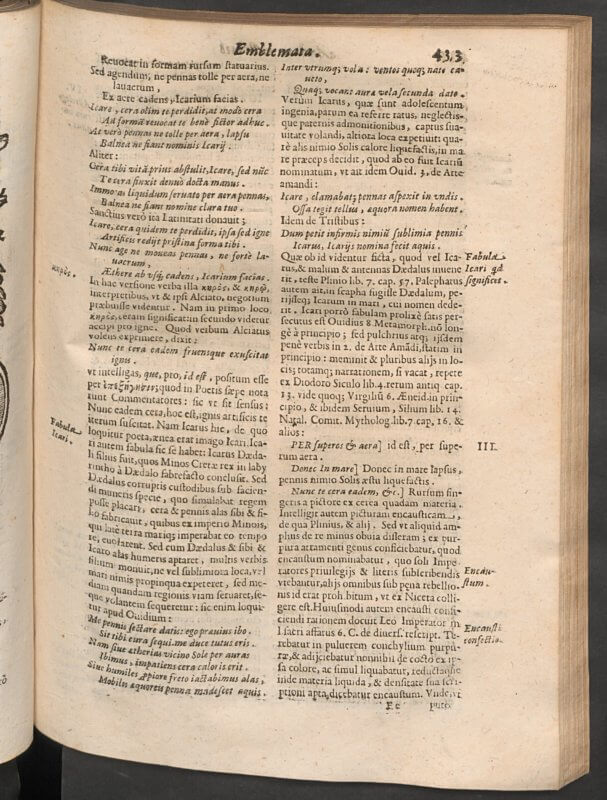
Ames, Typographical antiquities, 1749 (a1r)

Beaumont and Fletcher, Scornfull Lady, 1651 (B1r)
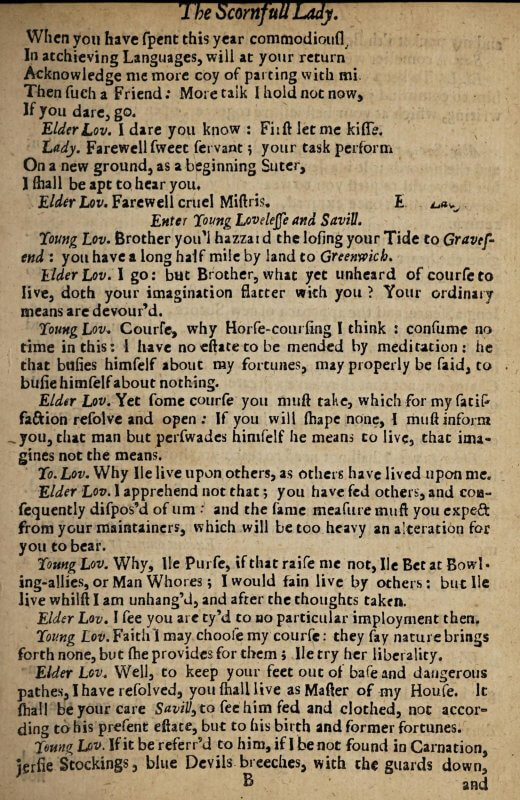
Bible, English, 1611 (A1r)
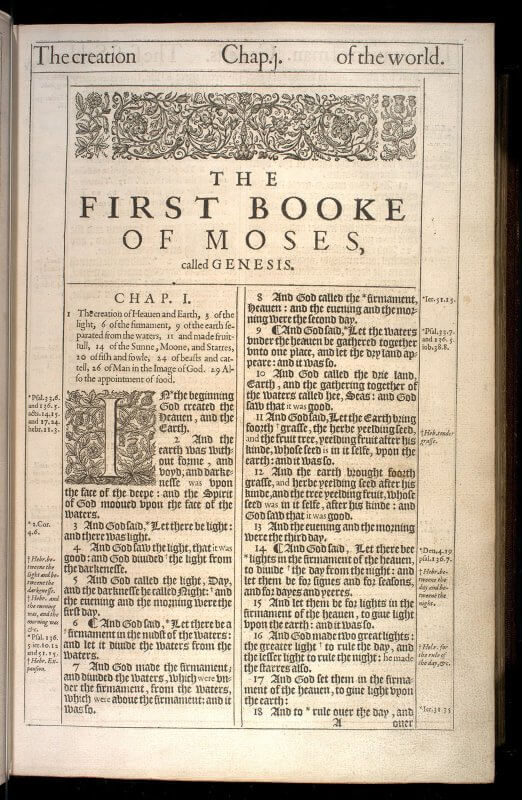
Bible, Massachuset, 1663 (A1r)
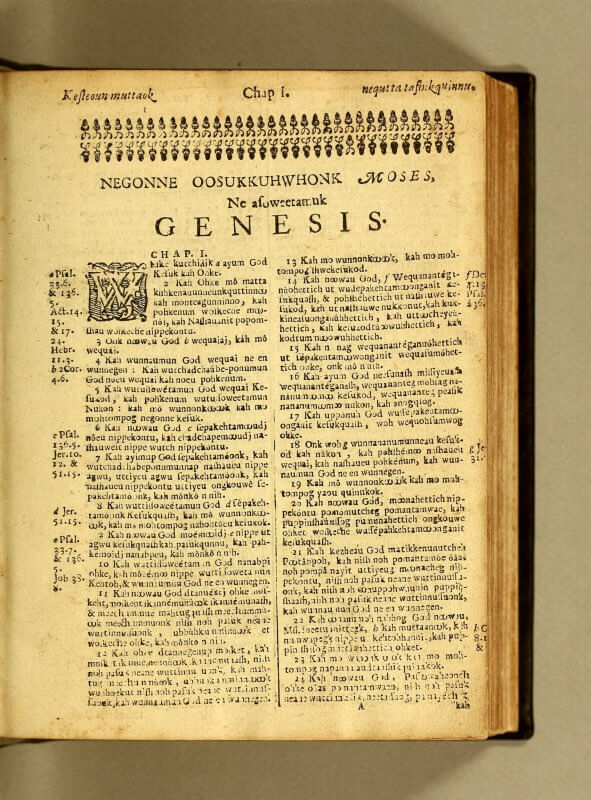
Bijns, Refereyn, 1611 (A4v-A5r)
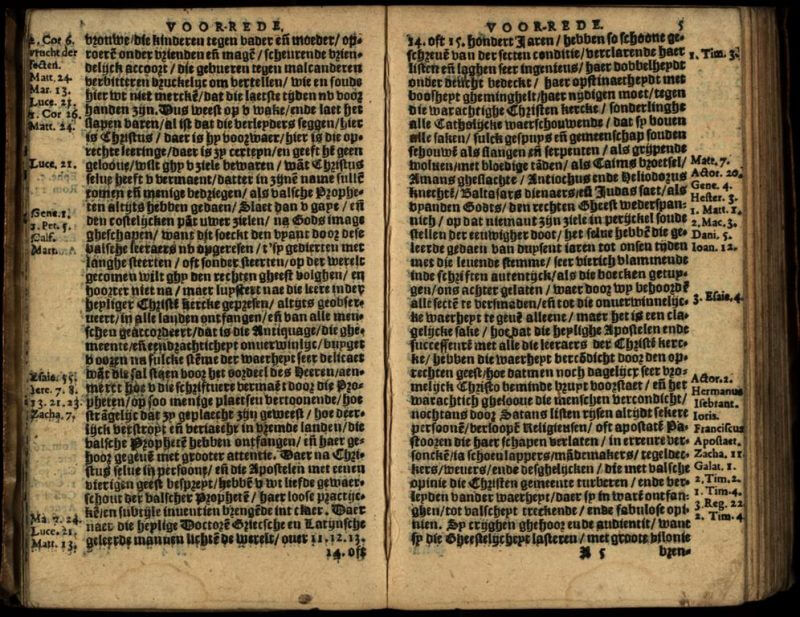
Boethius, Consolatione, 1497 (d1r)
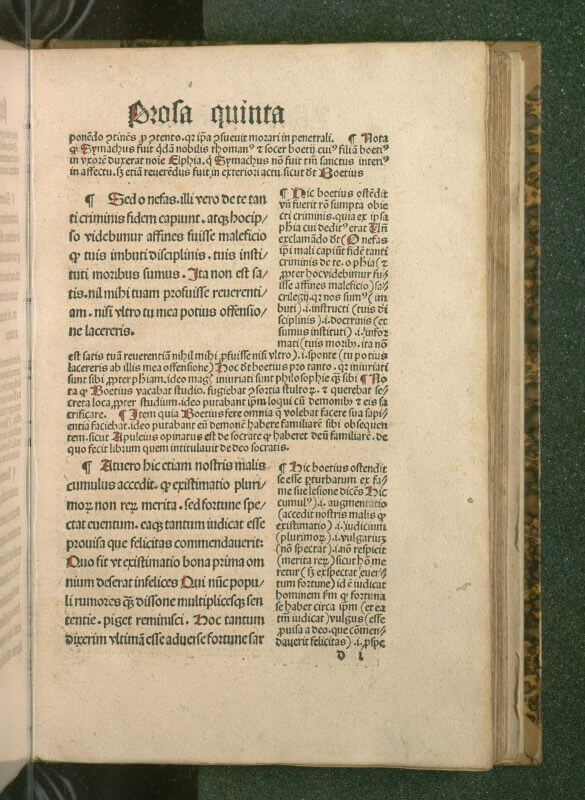
Catalogue of the Faculty of Advocates, 1742 (K1r)
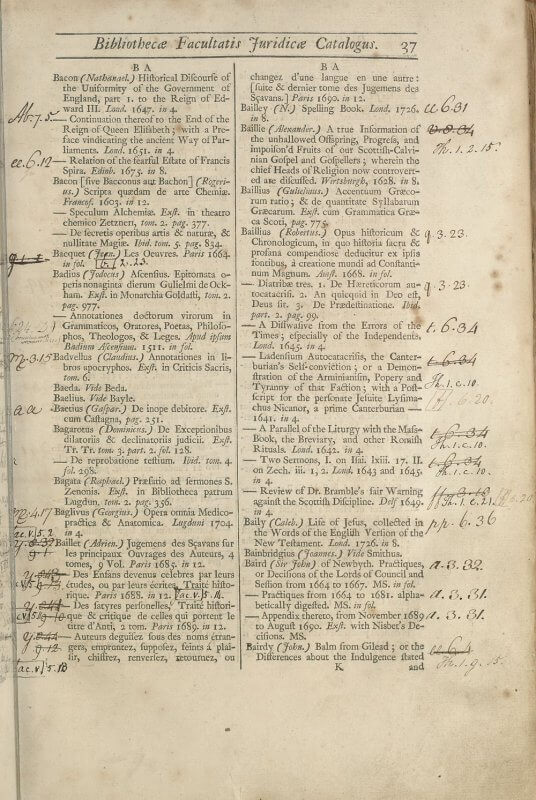
Cato, Moral distichs, 1735 (A1v-A2r)

Colloques ou dialogues, 1616 (A4v-A5r)

